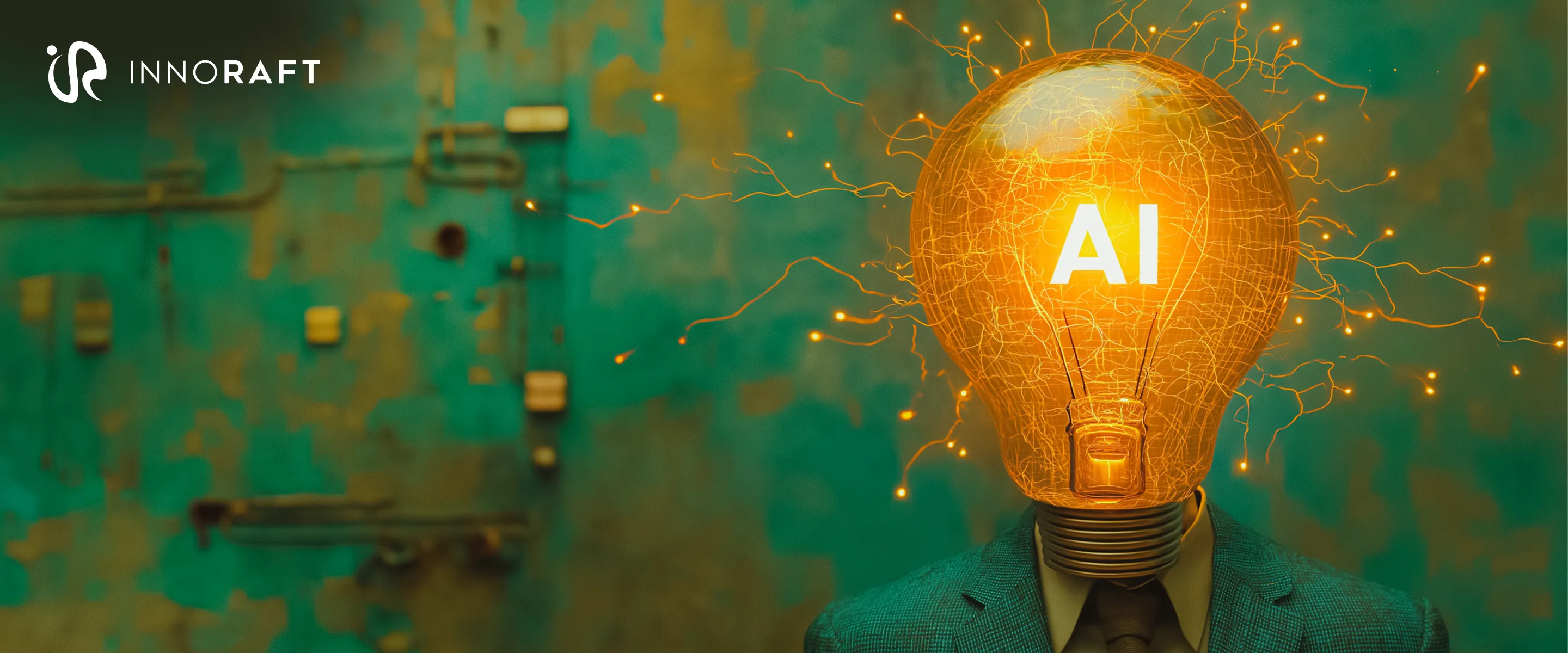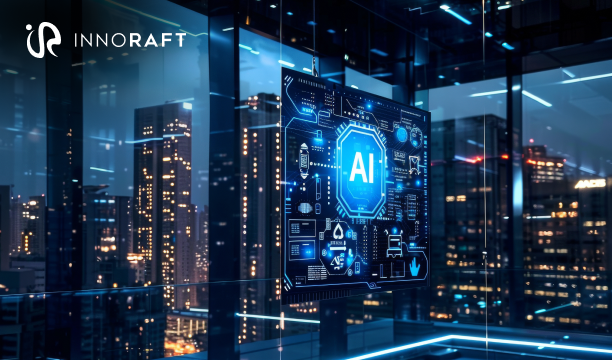What makes an idea great? Is it the insight, the originality, or the story behind it?
For centuries, ideation, the process of generating and refining ideas, has been the heart of human creativity. Yet, the increasing impact of AI in creative processes makes it easy to believe they can take over this inherently human process. After all, AI can generate hundreds of suggestions in seconds, analyze trends, and even mimic creative language.
But here's the paradox: Ideation powered solely by AI often looks impressive at first glance, yet appears strangely hollow upon closer inspection. It lacks the spark that makes ideas great, be it empathy, the unpredictability of imagination, or the nuance that comes from lived experience.
The real challenge isn't whether AI can ideate, it's whether it should. The best approach may not be the one where AI leads, but where humans do, and AI refines or amplifies human ideas. Let’s explore this human-centered AI ideation further and understand how we can build a creative balance that genuinely works.
AI Isn’t Human: The Pitfalls of Offloading Ideation
With AI increasingly transforming our lives, it seems efficient to hand over the ideation process entirely to AI. But it quietly erodes the heart of creativity. When machines take over the earliest stages of idea generation, something vital gets lost- human context. Ideation isn’t just a process of producing possibilities; it’s a cognitive, emotional, and cultural act. This highlights the limitations of AI in ideation, as AI may excel at recombination, but it lacks the why behind an idea, the emotional drive that makes it resonate.
The pitfalls of offloading ideation to AI become clear when you look closer at what makes human creativity in the age of AI unique, and where machines inevitably fall short.
The Human Collage: Why Ideation is More Than Just Ideas
When people brainstorm, they don’t just connect data points, they connect emotions, experiences, and memories. A single idea often carries the weight of personal history, cultural understanding, and subtle intuition. That human texture is what gives ideas depth and meaning.
Take, for instance, a marketing team trying to come up with a campaign about sustainability. A human might recall growing up near a polluted river, or the memory of a local movement that changed their neighborhood. Those associations lead to insights that go beyond statistics. They speak of shared emotion.
AI, on the other hand, has none of that. It operates through prediction; scanning patterns and producing combinations that have worked before. It doesn’t feel the emotional urgency of climate anxiety or the pride of a community working toward change. Its “ideas” are simulations, reflections of data rather than expressions of intent.
This is why ideation is not just about generating options; it’s about finding meaning. Humans don’t ideate to fill space. They ideate to make sense of their world, something AI cannot replicate, no matter how sophisticated its algorithms become. This underscores why ideation shouldn’t be outsourced to AI, as the human search for meaning and emotional depth lies far beyond machine computation.
The AI Echo Chamber: Where AI Fails
The irony of using AI for creativity is that it tends to repeat what already exists. Its intelligence is cumulative, not original. Every idea it generates is built on previously recorded data, meaning it mirrors the biases, trends, and limitations of that data. This reflects a core issue in the debate over creativity vs artificial intelligence, where machines can imitate patterns but rarely create something truly new.
This creates what can be called the AI echo chamber- a loop of familiar ideas dressed up as innovation. You might ask AI to brainstorm social media campaigns and end up with a list that sounds suspiciously like every other campaign on the internet. It feels derivative because it is.
This is not a flaw in the technology but a limitation of its design. AI lacks perspective; the ability to discern why one idea resonates while another falls flat. It doesn’t experience curiosity or doubt, and it doesn’t pause to ask whether an idea is ethical, empathetic, or truly necessary. These ethical implications of AI-generated ideas remind us that creativity is as much about intention as it is about output.
The consequence is a loss of originality. Teams relying too heavily on AI-generated ideas risk diluting their brand voice and blending into a landscape of sameness. True creativity requires the courage to be different, something no algorithm can emulate on its own.
The Strategy for Balance: A Practical Guide to Human-Centered AI Ideation
So how do we create a system where AI becomes a creative ally instead of a substitute for thought? The answer lies in reversing the order of dependency: let humans lead, and let AI amplify.
The Core Principle: Human Leads, AI Amplifies
The most powerful ideation frameworks are those that start with human imagination and evolve through AI augmentation. The human mind is exceptional at defining context, intent, and emotional direction, three things AI cannot infer on its own. This approach represents a true human-AI co-creation strategy, where technology enhances creativity without replacing the human spark.
Here’s what that looks like in practice:
- Human ideation sets the foundation. You start with a raw, human-led brainstorming session. The team defines the problem, discusses the emotional tone, and sketches early ideas. This ensures the creative process is grounded in authentic perspective.
- AI accelerates expansion. Once the core concepts are outlined, AI tools can help explore variations, refine wording, or test audience resonance. It can scale options faster, helping teams move from a few ideas to a broader spectrum without losing the original intent.
Human curation filters meaning. The final selection and shaping of ideas return to human judgment. Here, nuance, ethics, and emotional intelligence come back into play, ensuring the ideas are relevant, diverse, and purposeful.
The workflow isn’t “AI instead of human,” but “AI because of human. It’s “balancing AI and human creativity”, a partnership that multiplies potential without surrendering authenticity.
The New Role of Human Executives: From Creator to Creative Director
As AI tools take on repetitive or data-heavy tasks, human roles are shifting; and that’s not a loss but an evolution. The next generation of creative professionals will act less as individual content producers and more as creative directors, orchestrators who guide AI with intention, ethical awareness, and emotional vision. This evolution reflects the growing importance of AI collaboration in design thinking, where humans direct the process while AI enhances reach and efficiency.
This transition changes the nature of leadership. Instead of focusing on volume or speed, executives will focus on direction. They’ll ensure that creativity remains aligned with human values and cultural sensitivity. They’ll decide when to challenge AI’s outputs, when to override them, and when to push for perspectives the system might overlook.
In short, humans will become the ethical compass in a digital creative ecosystem. By balancing AI and human creativity, this shift also democratizes ideation, allowing more people, regardless of technical skill, to participate in shaping ideas through intuitive AI tools while maintaining a human core.
Why Human-Centered Ideation is the Future
Ideation isn’t just a stage in a workflow; it’s where identity, intent, and innovation intersect. If AI dominates this stage, we risk producing ideas that are efficient but empty, optimized for algorithms, not for people.
A human-centered approach ensures that creativity remains authentic. It values emotion, empathy, and context which are the very things that make communication effective. AI can assist by removing friction, accelerating research, and expanding options, but it cannot replace the moral and imaginative reasoning behind a powerful idea.
In the long run, organizations that embrace a balanced approach of human and AI in the creative process will have a competitive advantage. Their ideas will resonate not because they’re faster to produce, but because they’re richer, more human, and more aligned with real-world complexity.
Conclusion
The question isn’t whether AI can generate ideas; it already can. The question is whether those ideas can move people, spark change, or tell a story worth remembering. That’s where human creativity in the age of AI stands apart.
AI should remain a tool, not the origin of creativity. The ideation process must begin with people- their emotions, perspectives, and lived realities, and only then be amplified by technology to scale impact and efficiency. This balance between human insight and technology defines the future of AI in the creative process.
Key Takeaways
- Ideation is more than generating ideas; it’s about emotional and contextual synthesis.
- AI collaboration in design thinking enhances creativity but must always be guided by human intent.
- AI lacks the lived experience and moral reasoning that define meaningful creativity.
- Human-led ideation, supported by AI amplification, offers the best of both worlds, speed and substance.
- Businesses must evolve toward a model where humans act as creative directors, guiding AI with empathy and ethical vision.
- The future belongs to teams that know how to collaborate with AI without surrendering their humanity, a cornerstone of any effective human-AI co-creation strategy.
Contact our AI experts to understand Innoraft’s human centric AI strategies for your business growth.
FAQ
Frequently Asked Questions
Didn’t find what you were looking for here?

